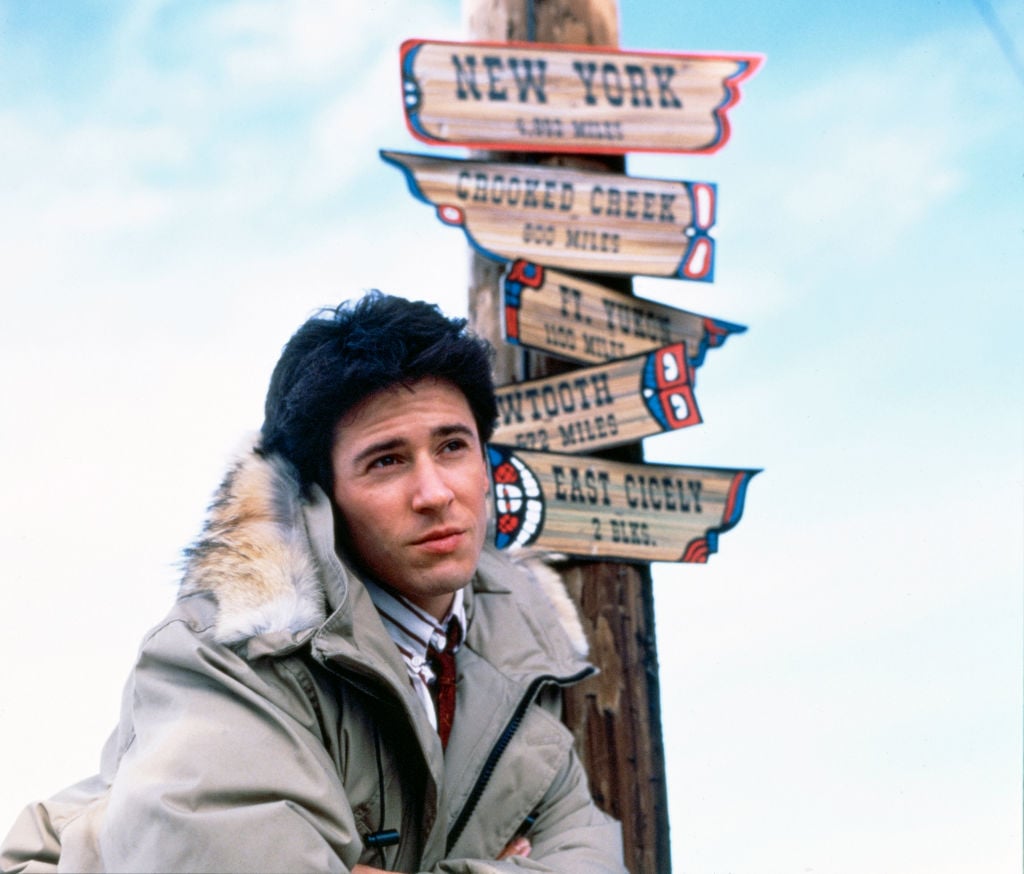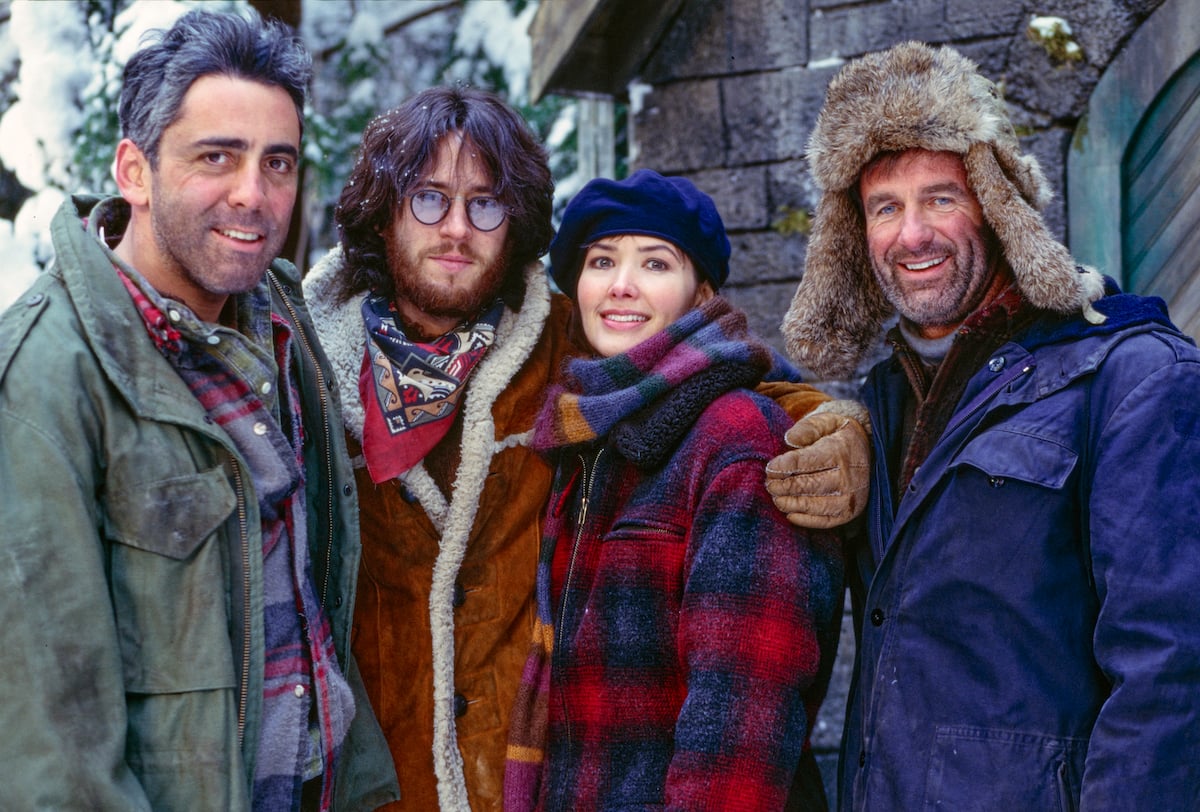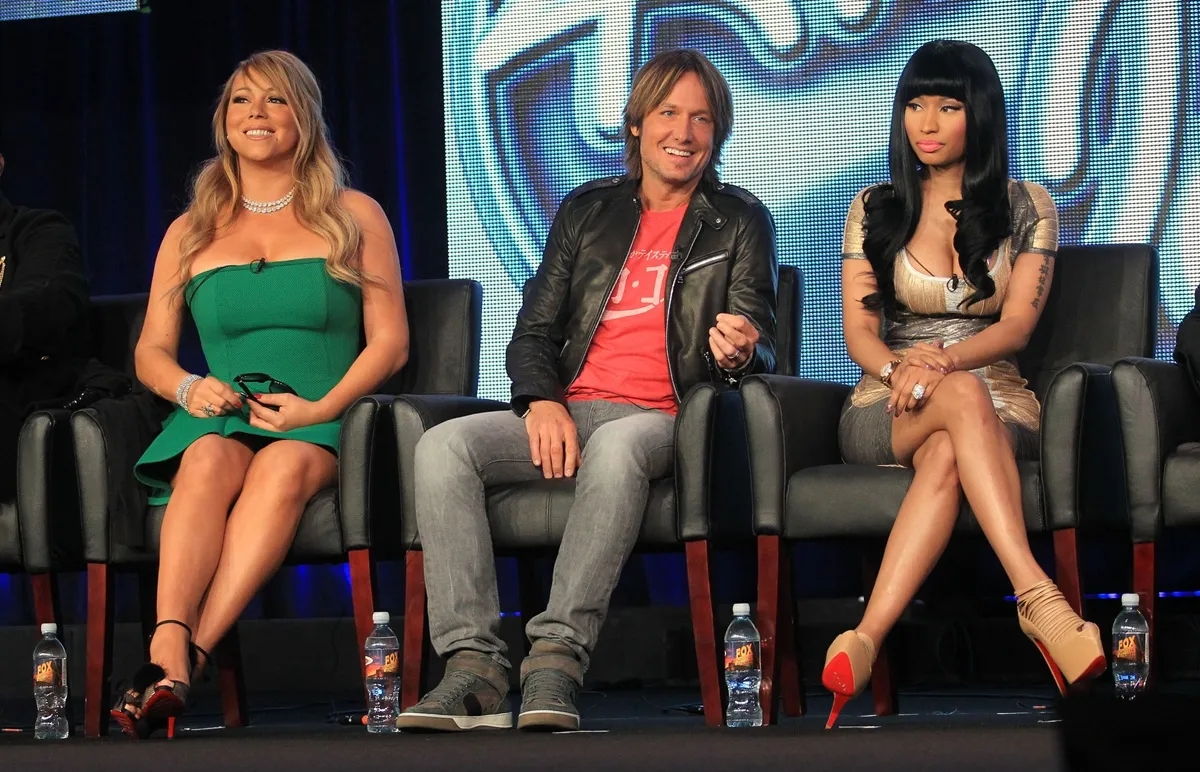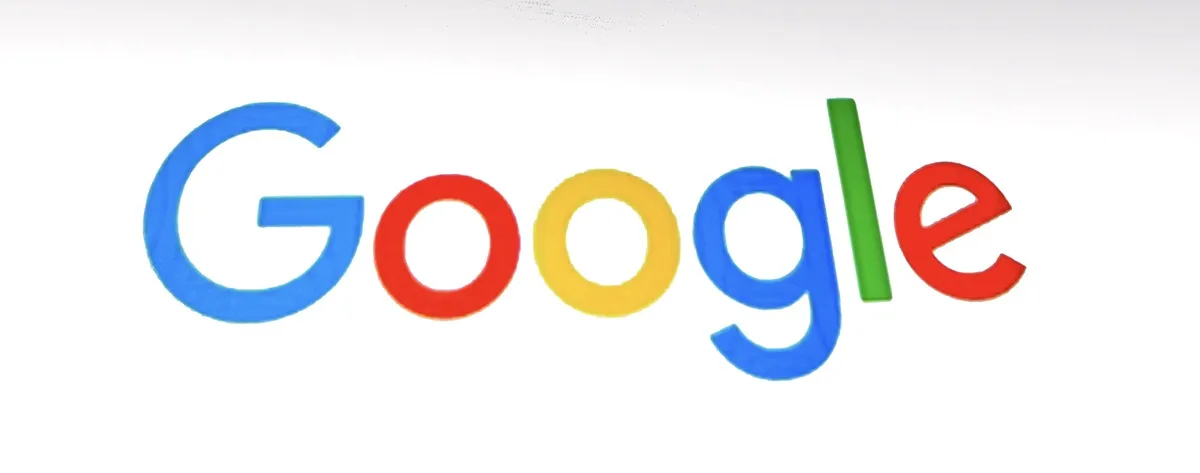
Why You Couldn’t Stream ‘Northern Exposure’ Online (Until Now)
There was a time when you’d have to essentially time-travel to watch the Emmy Award-winning TV series Northern Exposure. While streaming has completely changed the game for catching up on older shows, CBS‘s acclaimed fish-out-of-water series was once nowhere to be found via the typical channels.
Due to copyright conflicts, you had to dust off a Blu-ray or DVD player to see why Northern Exposure came out of nowhere to become one of the most popular shows of the ’90s. Now, one streaming service carries the cult classic
Where to stream ‘Northern Exposure’
With time, Northern Exposure would gain comparison with another beloved show that premiered the same year: Twin Peaks. David Lynch’s cult hit series enjoyed a rebirth of popularity 30 years later. But Northern Exposure has faded in cultural relevance despite its acclaim and many similar thematic elements. The main culprit? You can easily stream Twin Peaks on CBS All Access or Hulu. No streaming channels carried Northern Exposure for quite some time.
That all changed thanks to Amazon Prime. The streaming service carries six seasons of the hit series, available to subscribers. Viewers can also purchase individual episodes.
The reason for the lack of streaming options is likely a frustrating one for fans. Northern Exposure was known for having a terrific soundtrack of popular songs — from Dolly Parton to Lynyrd Skynyrd — that ultimately became a major copyright issue. This has kept Northern Exposure completely off streaming channels, making it difficult to engage with new audiences the same way as Twin Peaks.
Beyond a problem for streaming, the music previously led to a major problem for earlier DVD releases. Older DVD versions of Northern Exposure feature replacement music, which no doubt made the entire experience feel off-key.
How ‘Northern Exposure’ became the surprise hit of 1990
When hit shows Murphy Brown, Jake and the Fatman, and Murder, She Wrote paused for the summer of 1990, CBS needed to fill the airwaves. One of the shows CBS executives turned to was Northern Exposure, a quirky comedy-drama set in the fictional town of Cicely, Alaska. Taking a New York City doctor (Rob Morrow) and dropping him in a remote town of about 200 people, Northern Exposure played up the misfit city doctor angle and stumbled upon a bit of TV magic.
What began as an eight-episode summer filler with no expectations soon caught on in a big way. Thanks to eccentric and lovable characters, Northern Exposure turned in big ratings despite a rough airing slot. Northern Exposure also proved it wasn’t afraid to push boundaries and intellectually challenge its audience. At the time, these aspects were broadly missing from sitcom TV. What seemed risky ultimately became the glue that held the whole show together.
After a well-received summer run, Northern Exposure generated significant word-of-mouth buzz. CBS brought it back the following spring for an abbreviated second season. Despite the limited number of episodes, the show landed multiple Emmy nominations and secured a spot on the main CBS lineup by the fall of 1991. It was arguably the most talked-about primetime show by its first full-fledged season in 1991-92. This ended with it winning a host of Emmy awards, including Best Drama.
‘Northern Exposure’ heavily influenced other popular shows

A city slicker heading to the country is a well-known theme by now. But it wasn’t nearly as prominent when Northern Exposure first hit airwaves. Other popular shows have picked up the mantle and reworked similar themes to incredible effect. The biggest hit in this vein is certainly Schitt’s Creek, the massively successful comedy featuring Dan and Eugene Levy alongside Catherine O’Hara and Annie Murphy.
But while most popular 1990s shows are readily available these days, those hoping to stream Northern Exposure have few reasons for optimism. In fact, fans might even have a better chance to see a fresh revival of the series. In 2018, CBS announced that a Northern Exposure revival was in the works, although we’ve heard very little since co-creator John Falsey died the following year.


